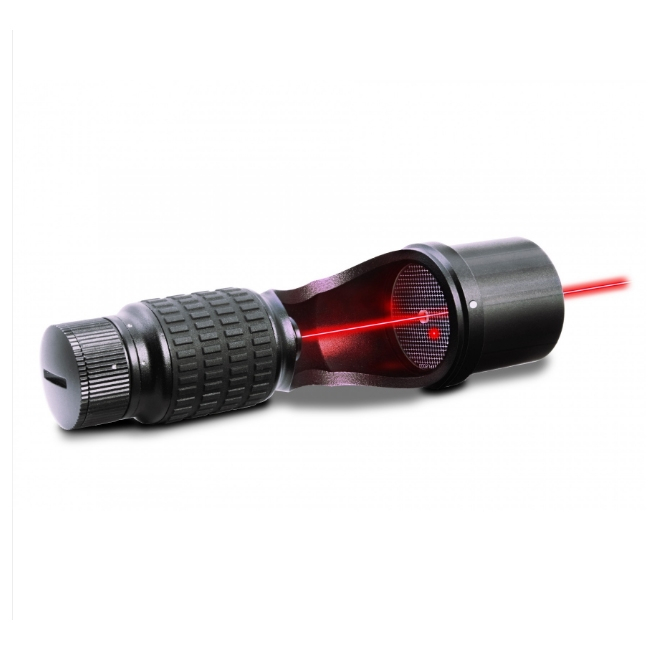Baader Planetarium Mark III Laser Collimator
Baader Laser Collimator - MkIII
The Baader Planetarium Laser Collimator is great for use with a multitude of telescopes. It allows easier collimation of SCTs and small diameter, closed tube Newtonian scopes, which used to be difficult.
- Made of all metal construction, the Baader Planetarium Laser Collimator was designed and calibrated to be in accurate alignment in Germany
- This Baader Laser Collimator can be used with reflectors and Schmidt Cassegrain Telescopes
- The Baader Planetarium Laser Collimator - MkIII has a viewable etched plate, which can be easily seen through the back of the laser collimator body
- Great for use when collimating Schmidt Cassegrain Telescopes
Baader Planetarium has added a unique innovation to the laser collimator. The Laser Colli incorporates a viewable etched viewing-plate which can be easily seen through the back of the laser collimator. This permits collimation of SCTs and small diameter closed tube Newtonians, instruments that were difficult or impossible to collimate using a conventional single beam laser collimator.
Each collimator is individually lathe aligned for accurate internal alignment and collimation. This is an important feature, because if a laser collimator device is not accurately aligned internally, the laser beam will not enter the telescope as it should, precisely down the scope's axis! Baader has taken this fact into account. The one-piece die-cast and machined aluminum housing guarantees a stable alignment. The compact size and light weight make the Laser Collimator an indispensable tool that is handy to keep in anyone's eyepiece box.
Important note: If you plan to collimate an SCT with the Baader Laser Collimator, note that this requires you to center-dot the SCT secondary. Please evaluate this procedure, before ordering this item and before attempting collimation. Make sure you are comfortable doing this step, to your telescope. Contact us in advance if questions arise.


